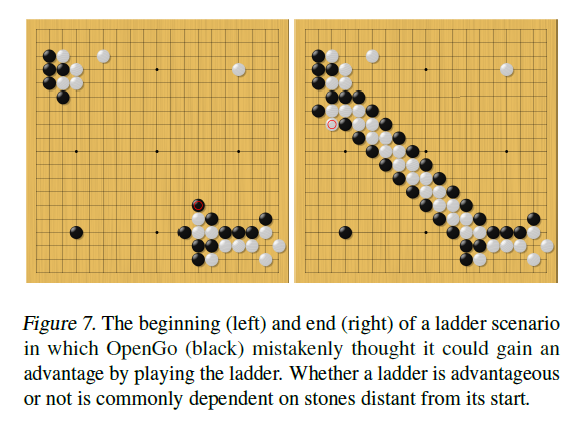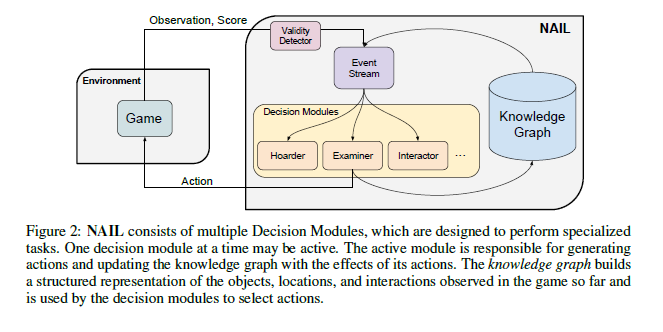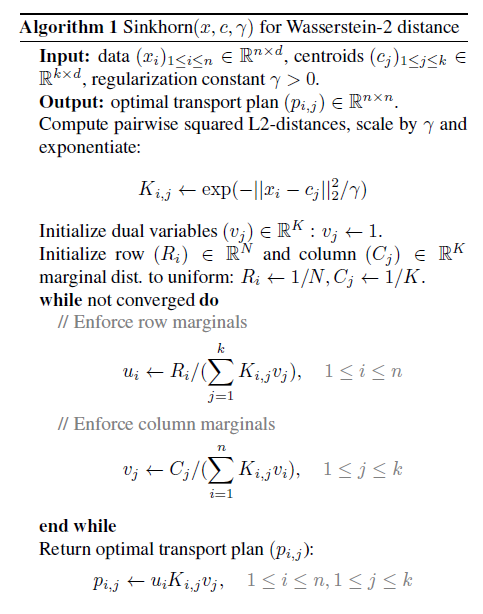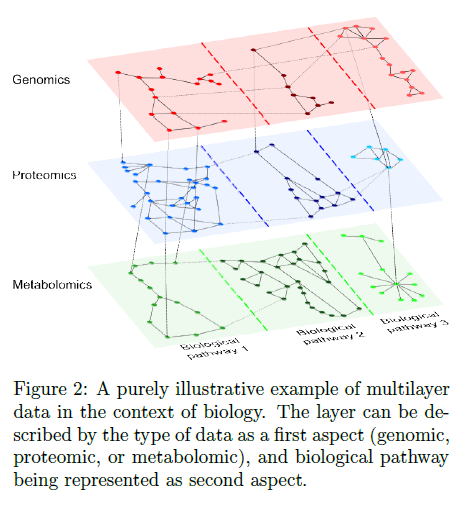 In this recurring monthly feature, we filter recent research papers appearing on the arXiv.org preprint server for compelling subjects relating to AI, machine learning and deep learning – from disciplines including statistics, mathematics and computer science – and provide you with a useful “best of” list for the past month. Researchers from all over the world contribute to this repository as a prelude to the peer review process for publication in traditional journals. arXiv contains a veritable treasure trove of learning methods you may use one day in the solution of data science problems. We hope to save you some time by picking out articles that represent the most promise for the typical data scientist. The articles listed below represent a fraction of all articles appearing on the preprint server. They are listed in no particular order with a link to each paper along with a brief overview. Especially relevant articles are marked with a “thumbs up” icon. Consider that these are academic research papers, typically geared toward graduate students, post docs, and seasoned professionals. They generally contain a high degree of mathematics so be prepared. Enjoy!
In this recurring monthly feature, we filter recent research papers appearing on the arXiv.org preprint server for compelling subjects relating to AI, machine learning and deep learning – from disciplines including statistics, mathematics and computer science – and provide you with a useful “best of” list for the past month. Researchers from all over the world contribute to this repository as a prelude to the peer review process for publication in traditional journals. arXiv contains a veritable treasure trove of learning methods you may use one day in the solution of data science problems. We hope to save you some time by picking out articles that represent the most promise for the typical data scientist. The articles listed below represent a fraction of all articles appearing on the preprint server. They are listed in no particular order with a link to each paper along with a brief overview. Especially relevant articles are marked with a “thumbs up” icon. Consider that these are academic research papers, typically geared toward graduate students, post docs, and seasoned professionals. They generally contain a high degree of mathematics so be prepared. Enjoy!
ELF OpenGo: An Analysis and Open Reimplementation of AlphaZero
The AlphaGo, AlphaGo Zero, and AlphaZero series of algorithms are a remarkable demonstration of deep reinforcement learning’s capabilities, achieving superhuman performance in the complex game of Go with progressively increasing autonomy. However, many obstacles remain in the understanding of and usability of these promising approaches by the research community. Toward elucidating unresolved mysteries and facilitating future research, the authors propose ELF OpenGo, an open-source reimplementation of the AlphaZero algorithm. ELF OpenGo is the first open-source Go AI to convincingly demonstrate superhuman performance with a perfect (20:0) record against global top professionals.

NAIL: A General Interactive Fiction Agent
Interactive Fiction (IF) games are complex textual decision making problems. This paper introduces NAIL, an autonomous agent for general parser-based IF games. NAIL won the 2018 Text Adventure AI Competition, where it was evaluated on twenty unseen games. This paper from Microsoft Research AI describes the architecture, development, and insights underpinning NAIL’s performance.

Centroid Networks for Few-Shot Clustering and Unsupervised Few-Shot Classification
 Traditional clustering algorithms such as K-means rely heavily on the nature of the chosen metric or data representation. To get meaningful clusters, these representations need to be tailored to the downstream task (e.g. cluster photos by object category, cluster faces by identity). Therefore, this paper frames clustering as a meta-learning task, few-shot clustering, which allows us to specify how to cluster the data at the meta-training level, despite the clustering algorithm itself being unsupervised. The paper proposes Centroid Networks, a simple and efficient few-shot clustering method based on learning representations which are tailored both to the task to solve and to its internal clustering module.
Traditional clustering algorithms such as K-means rely heavily on the nature of the chosen metric or data representation. To get meaningful clusters, these representations need to be tailored to the downstream task (e.g. cluster photos by object category, cluster faces by identity). Therefore, this paper frames clustering as a meta-learning task, few-shot clustering, which allows us to specify how to cluster the data at the meta-training level, despite the clustering algorithm itself being unsupervised. The paper proposes Centroid Networks, a simple and efficient few-shot clustering method based on learning representations which are tailored both to the task to solve and to its internal clustering module.

The State of the Art in Multilayer Network Visualization
Modelling relationships between entities in real-world systems with a simple graph is a standard approach. However, reality is better embraced as several interdependent subsystems (or layers). Recently the concept of a multilayer network model has emerged from the field of complex systems. This model can be applied to a wide range of real-world data sets. Examples of multilayer networks can be found in the domains of life sciences, sociology, digital humanities and more. Within the domain of graph visualization there are many systems which visualize data sets having many characteristics of multilayer graphs. This report provides a state of the art and a structured analysis of contemporary multilayer network visualization, not only for researchers in visualization, but also for those who aim to visualize multilayer networks in the domain of complex systems, as well as those developing systems across application domains.

Deep Learning for Image Super-resolution: A Survey
Image Super-Resolution (SR) is an important class of image processing techniques to enhance the resolution of images and videos in computer vision. Recent years have witnessed remarkable progress of image super-resolution using deep learning techniques. This survey aims to give a survey on recent advances of image super-resolution techniques using deep learning approaches in a systematic way.

Sign up for the free insideBIGDATA newsletter.




Speak Your Mind